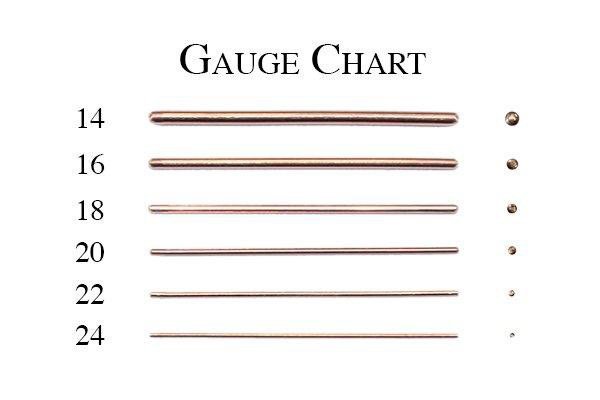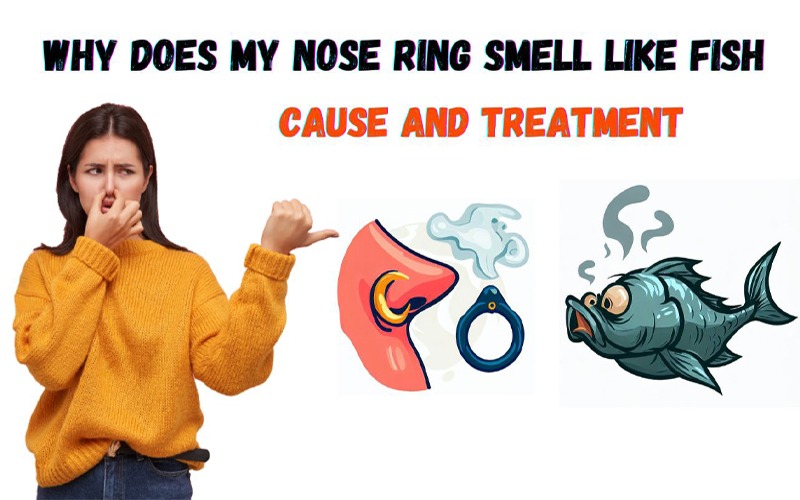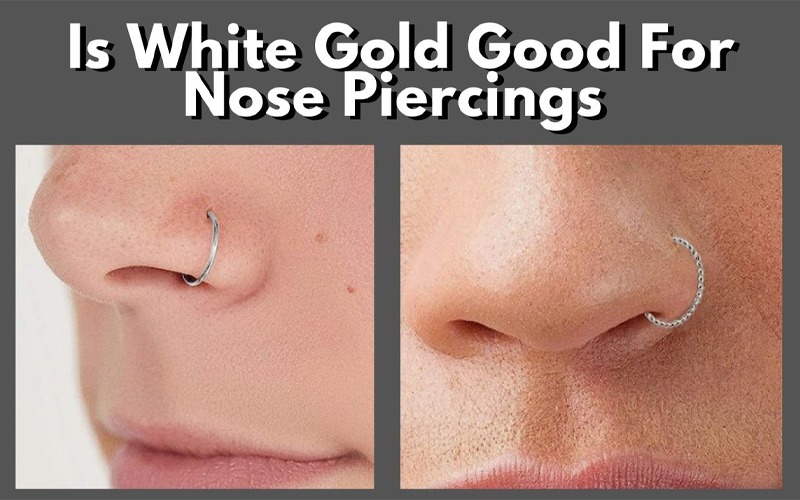In the realm of body modification, nose piercings have emerged as a popular and culturally significant practice, with their aesthetic appeal matched by the meticulous craft required to execute them properly. Among the pivotal decisions in this process is the selection of an appropriate gauge size for the piercing, which is essential to ensure not only the visual effect sought by the wearer but also the health and recovery of the tissue. Typically, the industry standard for a nose piercing ranges between 18G and 20G, with the gauge size denoting the thickness of the needle and jewelry to be inserted. This choice is not merely a matter of personal preference; it has implications for healing times, the adaptability of the nose to different jewelry types, and the overall experience of the wearer. As such, this seemingly minor detail opens the door to a deeper conversation about the interplay between standard practices and individualized care in the art of nose piercing, a topic that touches upon both aesthetic sensibilities and the physiological factors that underpin the healing process.
Understanding Piercing Gauges
Grasping the concept of piercing gauges is fundamental for selecting appropriate nose jewelry and ensuring the successful healing and comfort of your piercing. The gauge refers to the thickness of the piercing jewelry, which correlates directly to the needle size used for the piercing. For those who value their freedom, understanding this system empowers you to make informed choices about your body art.
The standard sizes for nose piercings are primarily 18G and 20G, with 18G being the more prevalent option. This measurement system may appear counterintuitive at first glance since lower numbers signify a thicker piece of jewelry. Thus, when you lower the gauge size, you are actually increasing the thickness of the piercing jewelry. This is an essential consideration because the gauge of your nose piercing determines the wearable length or the area of the jewelry that sits inside the piercing.
Opting for the correct gauge is not only about aesthetics but also about maintaining the integrity of your piercing. A mismatched jewelry size can lead to complications such as piercing bumps or discomfort, and may even prolong the healing process. Particularly for a nose piercing, which typically uses smaller gauges compared to other body piercings, a precise fit is crucial.
Whether you prefer a minimalist stud or an elaborate barbell, selecting the right gauge of piercing jewelry requires attention to detail. Professionals in the piercing industry can provide invaluable assistance, ensuring that your personal expression through nose jewelry remains a source of satisfaction rather than distress. Remember, when it comes to your body, precision is the key to freedom.
Standard Nose Piercing Gauges
When selecting jewelry for a nose piercing, the most commonly utilized sizes are 18G and 20G, with 18G being the favored standard due to its balance between visibility and comfort. This Standard Gauge offers individuals the freedom to express themselves without compromising the health of their nostril piercing. The 20G is slightly thinner and can be a subtle choice for those who prefer a more delicate appearance, but the 18G gauge nose stud remains a popular option for its versatility and compatibility with a wide range of nose rings.
The wearable length of nose piercing jewelry is typically around 1/4 to 5/16 inches. For a new piercing, it’s essential to start with a longer piece of piercing jewelry to accommodate any swelling that may occur. This proactive approach ensures that the jewelry does not become embedded in the nostril as the body heals.
Wearing a ring size that is either too small or too large can cause complications. If your piercing jewelry is too small, you may experience discomfort and an increased risk of the piercing closing. Conversely, jewelry that’s too big can lead to excessive movement and irritation of the piercing site. It’s crucial to consult with a professional piercer to determine the most suitable jewelry size for your unique anatomy and to ensure proper healing.
Furthermore, once your piercing has healed, it’s important to maintain the right gauge of a nose ring to prevent damage to the tissue. Any changes to the size should be made with caution and ideally under the guidance of an experienced piercer, safeguarding your expression of individuality through body art.
Measuring Jewelry Diameter
To ensure a perfect fit for your nose ring, accurately measuring the diameter of the jewelry is a crucial step. When selecting nose piercing jewelry, it is not just about aesthetic preference; comfort and the health of your piercing are paramount. The jewelry size, especially in hoop-style nose rings, must be precise to avoid unnecessary pressure or movement that could irritate the piercing.
Here are three essential considerations when measuring the diameter of nose piercing jewelry:
- Nose Ring Sizes: These are typically measured from the inside of the hoop to capture the inner length that will encircle the nostril. The largest inside diameter that comfortably fits is ideal, as it accommodates swelling and movement without causing friction.
- Measurement Technique: To measure the diameter, place a ruler directly over the ring and read the measurement from the widest point of the inside. This ensures that rings are measured accurately. For those who seek a sense of freedom in their choices, understanding this measurement technique empowers them to shop for or even create their own jewelry with confidence.
- Professional Assistance: If in doubt, seek out a reputable piercer to assist with measuring the diameter. They have the experience and tools to provide you with the precise size, ensuring a perfect fit that honors both your freedom of expression and your piercing’s well-being.
Choosing the Right Gauge
Understanding the diameter of nose piercing jewelry is just one aspect of a good fit; selecting the appropriate gauge is equally important to ensure comfort and prevent damage to the piercing. Gauge size, which refers to the thickness of the jewelry, is a crucial factor in maintaining the health of your piercing. The standard nose piercing gauge sizes are 18G and 20G, with 18G being more prevalent.
When you choose your nose jewelry, the gauge size should match the size used for the piercing to prevent any unwanted stretching or tearing. A mismatch can lead to complications, affecting the freedom you have to enjoy different styles and pieces. It’s essential to use high quality, correctly sized jewelry to promote healing and prevent infection.
To help navigate the choices, here is a table that outlines the common sizes and their implications:
| Gauge Size | Thickness (mm) | Common Use |
|---|---|---|
| 20G | 0.8mm | Delicate and common for initial piercings |
| 18G | 1.0mm | Standard nose size; offers more stability |
| 16G | 1.2mm | Less common; can be used for a bolder look |
Nose Piercing Aftercare
Proper aftercare is crucial for the healing and longevity of a new nose piercing, starting with regular cleaning using a saline solution. The essence of freedom lies in the ability to express oneself, and nose piercings are a popular form of self-expression. However, to maintain this embodiment of individuality and ensure that your nose piercing heals correctly, it is imperative to follow a disciplined aftercare regimen. This not only preserves the piercing’s aesthetic appeal but also prevents potential complications.
Here are essential aftercare steps to keep in mind:
- Maintain Cleanliness: Twice daily, use a saline solution to gently cleanse the piercing hole. This helps in warding off infections and ensures a conducive environment for healing. Avoid using harsh chemicals that might irritate the skin around your nose piercing.
- Protect the Piercing: Minimize the risk of irritation or injury by being mindful of the type of jewelry you wear. Initially, nose screws or nose bones are often recommended due to their secure fit. Once fully healed, you can explore other options like varying your Nose Ring Size for a fresh look.
- Monitor Healing Progress: A healed piercing is your ticket to freedom when it comes to switching jewelry. However, patience is key. Wait until the piercing is fully healed before attempting to change the jewelry. This period can be a few months, so observe for signs of healing such as reduced swelling and the absence of discharge.
Embrace the journey of your nose piercings with care and attention to aftercare. A mindful approach will reward you with a beautifully healed piercing that resonates with your sense of freedom and style.





